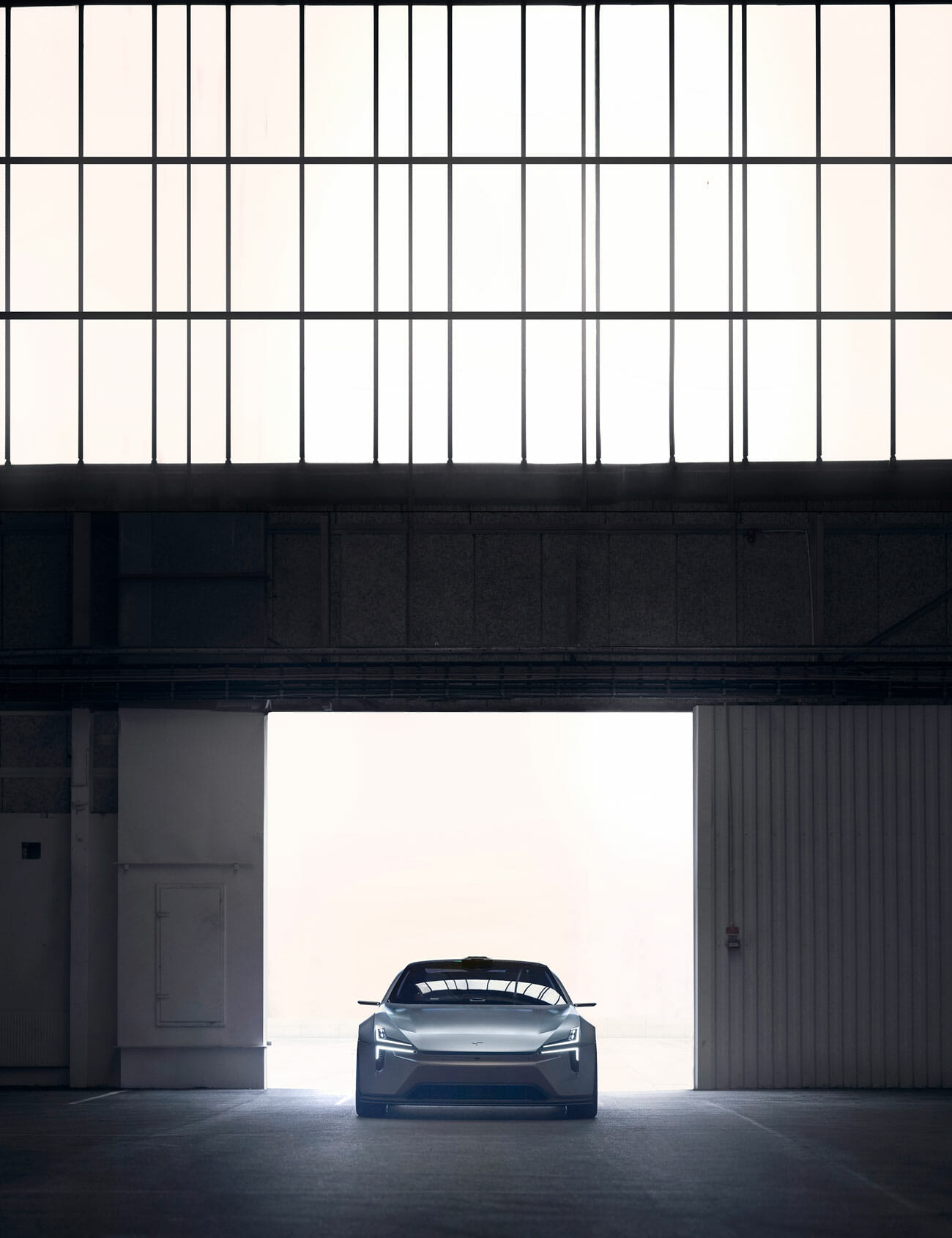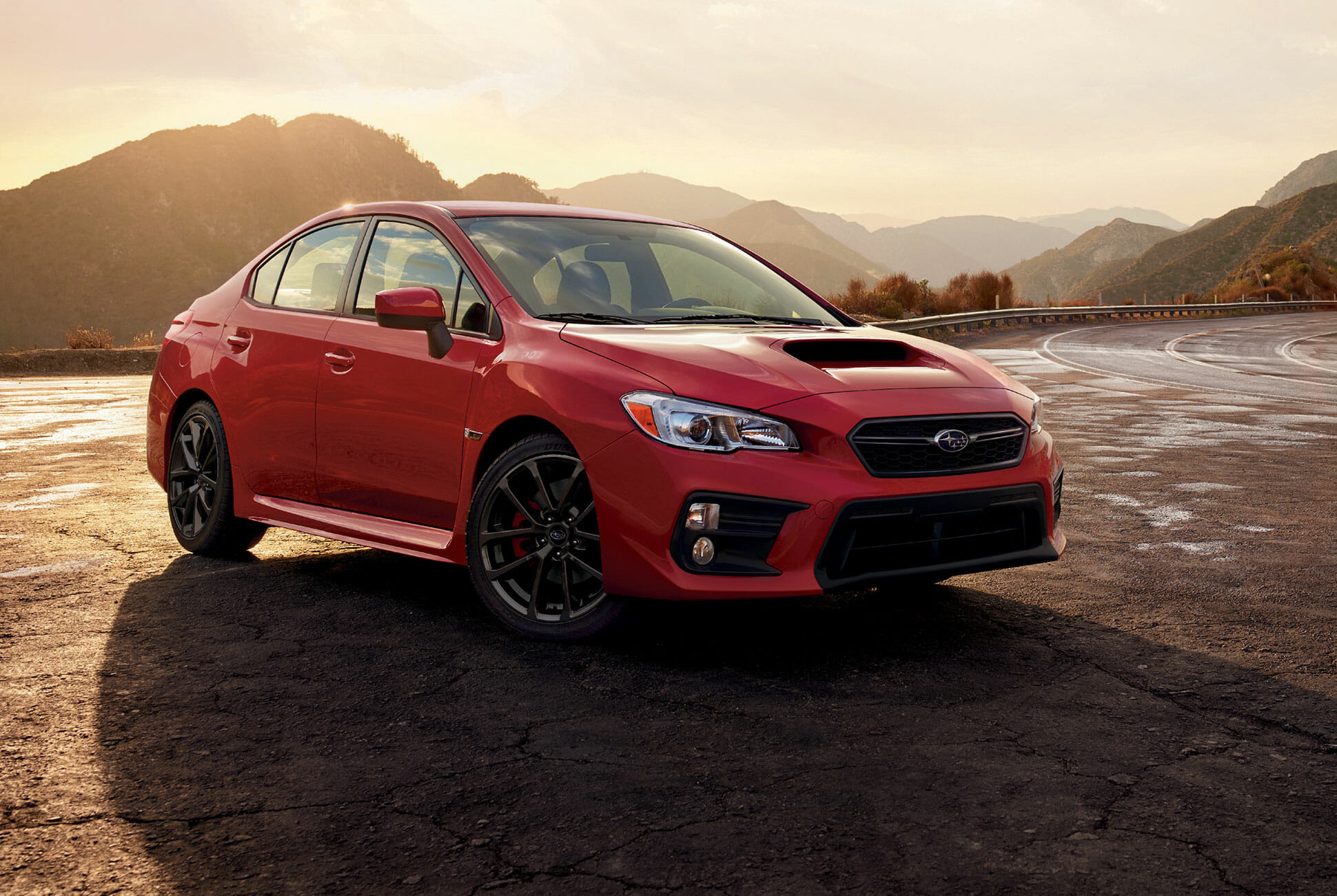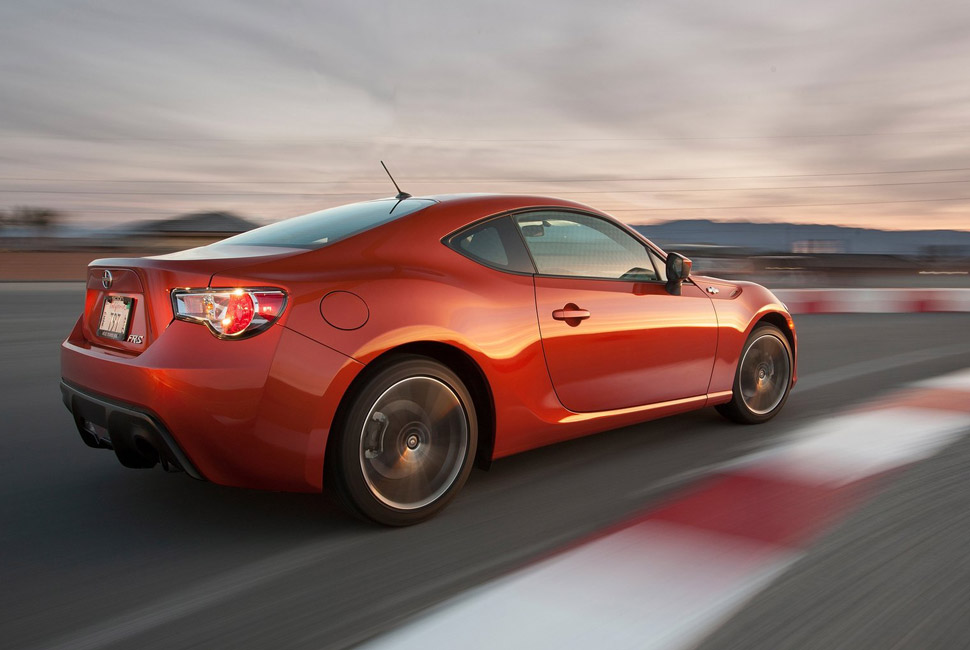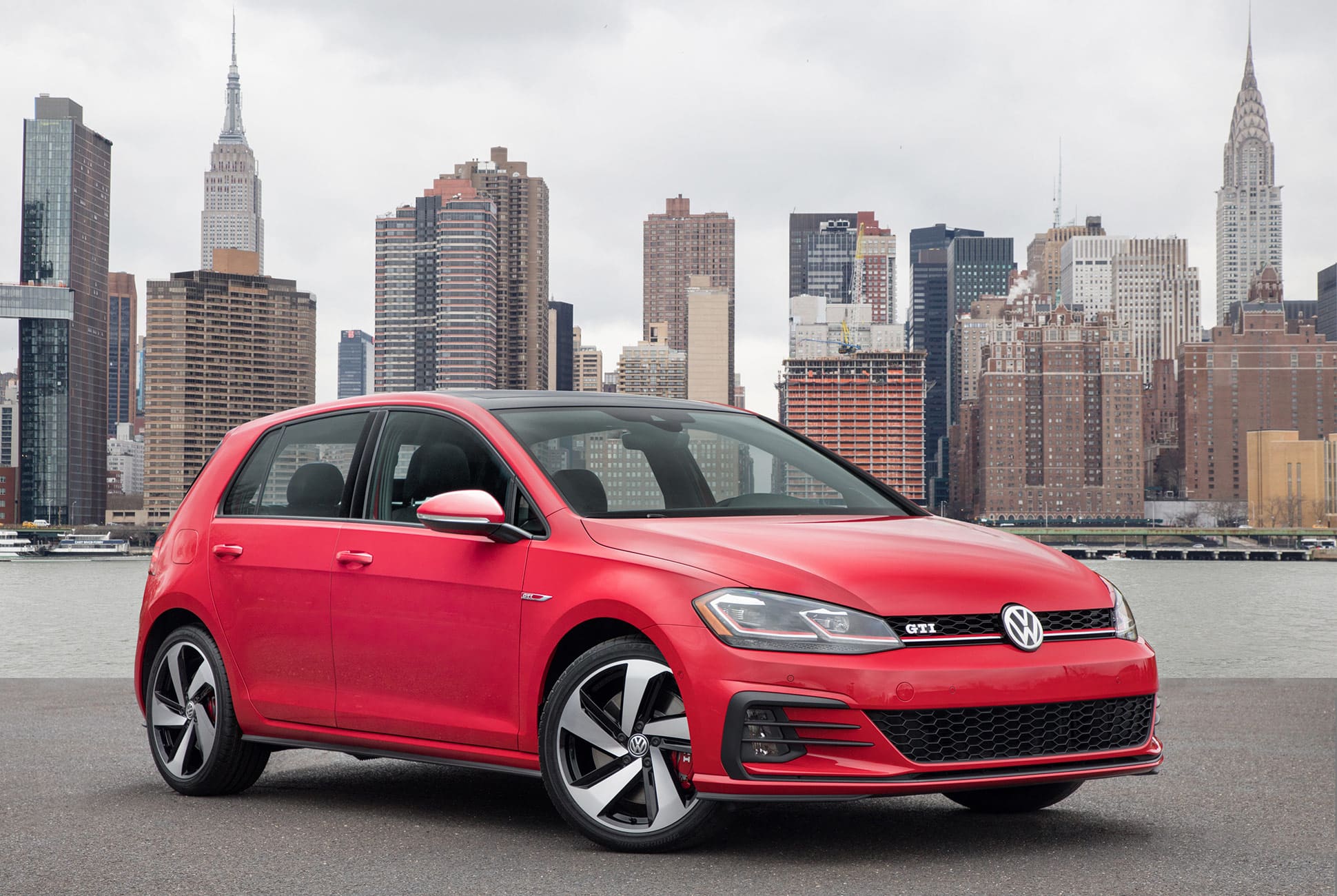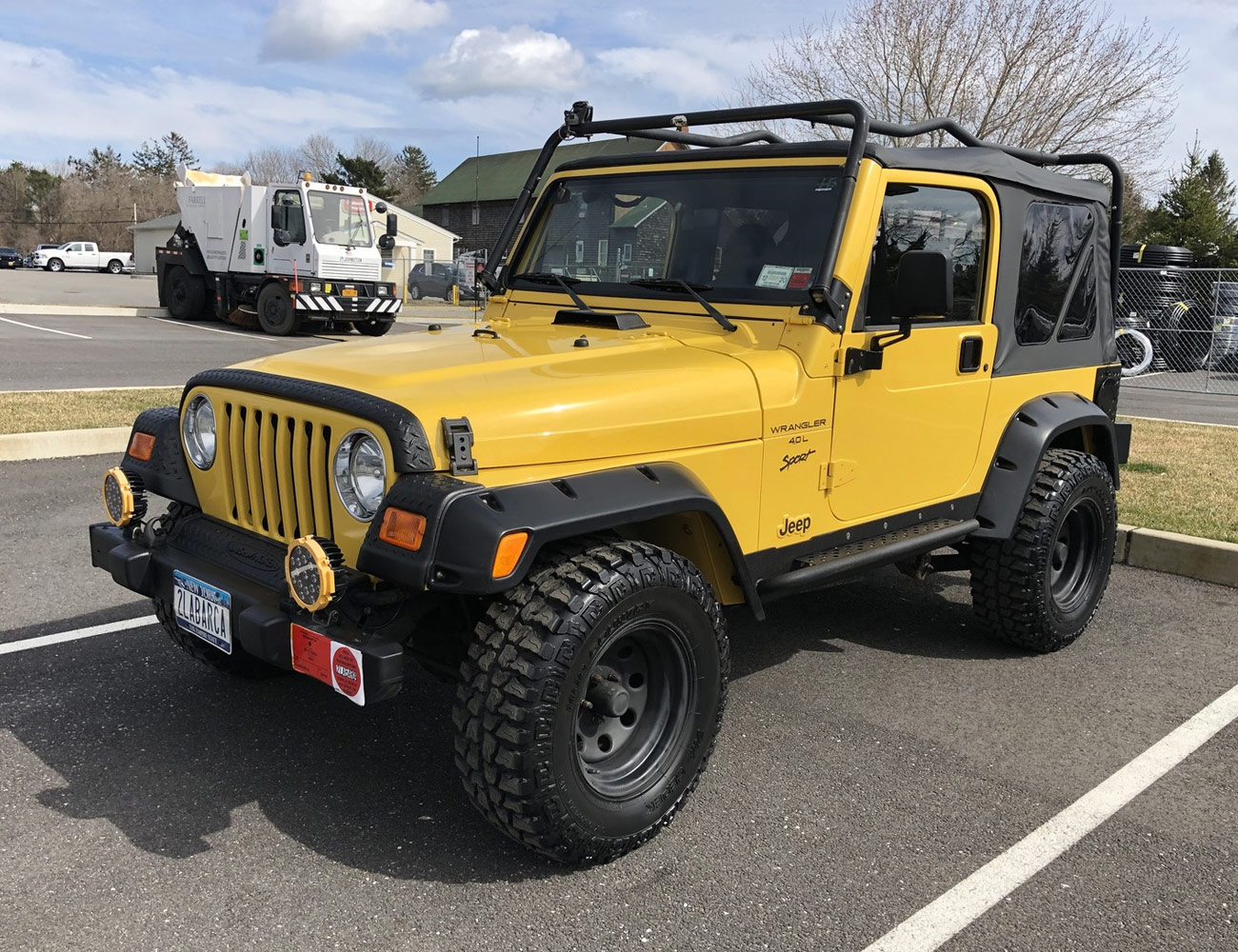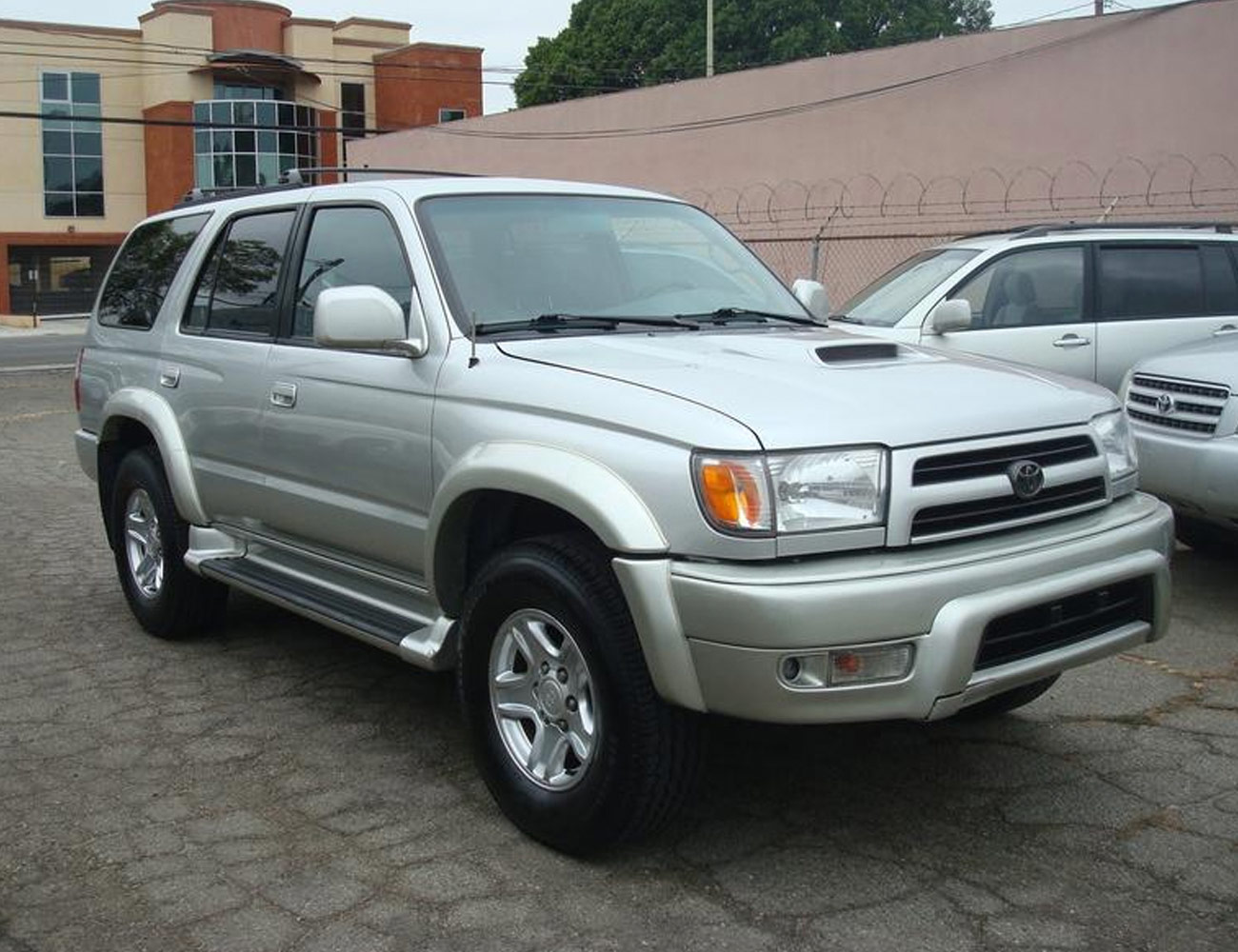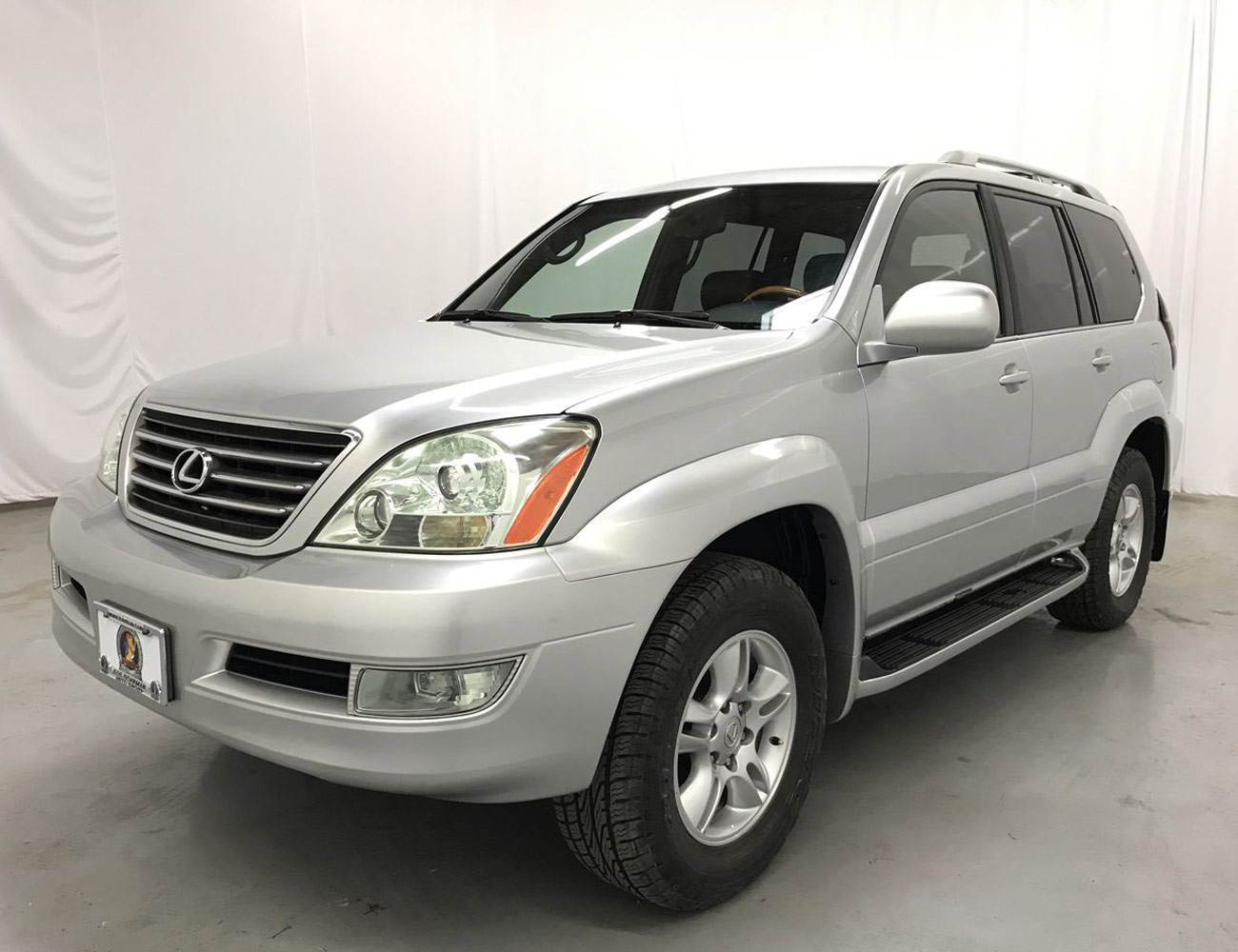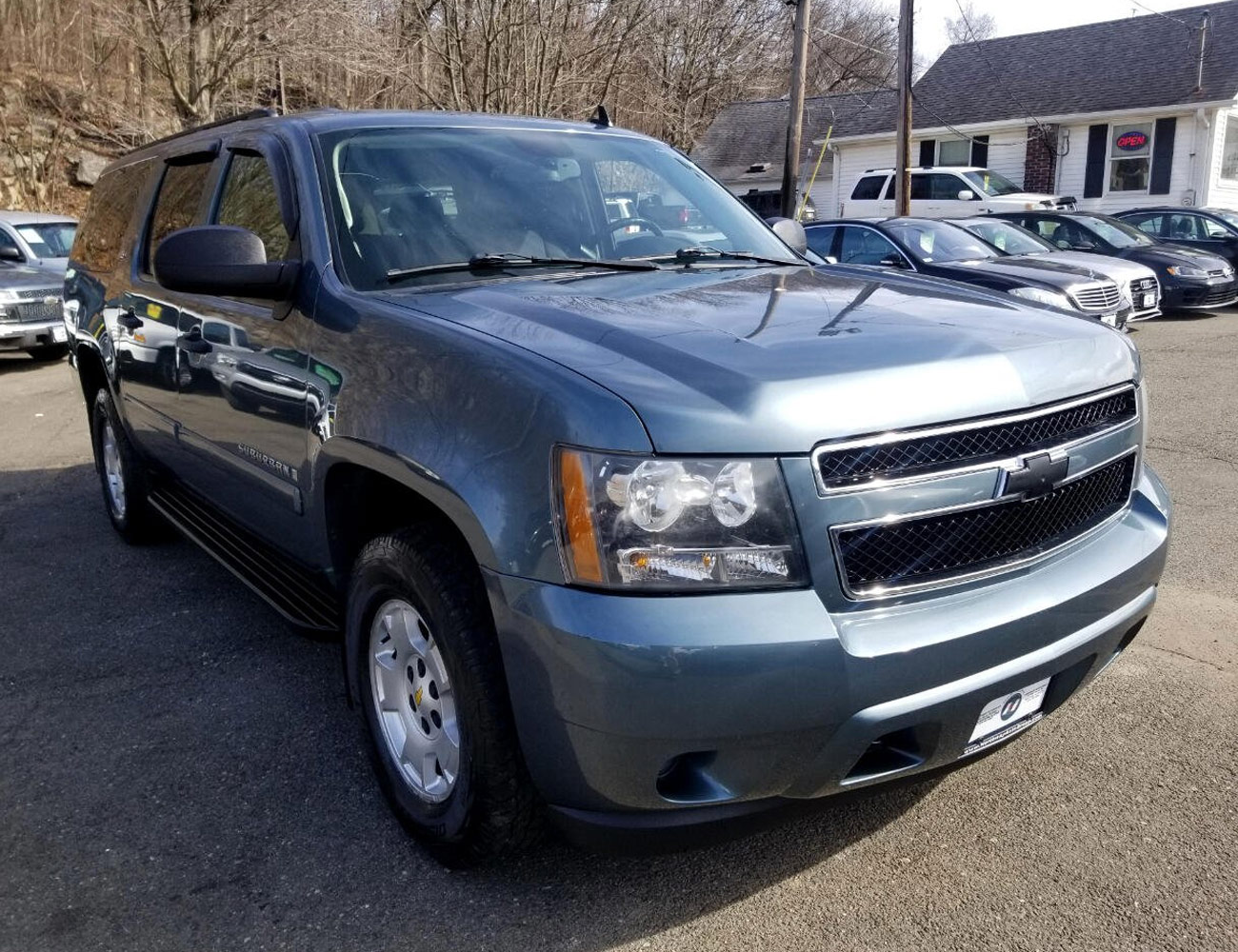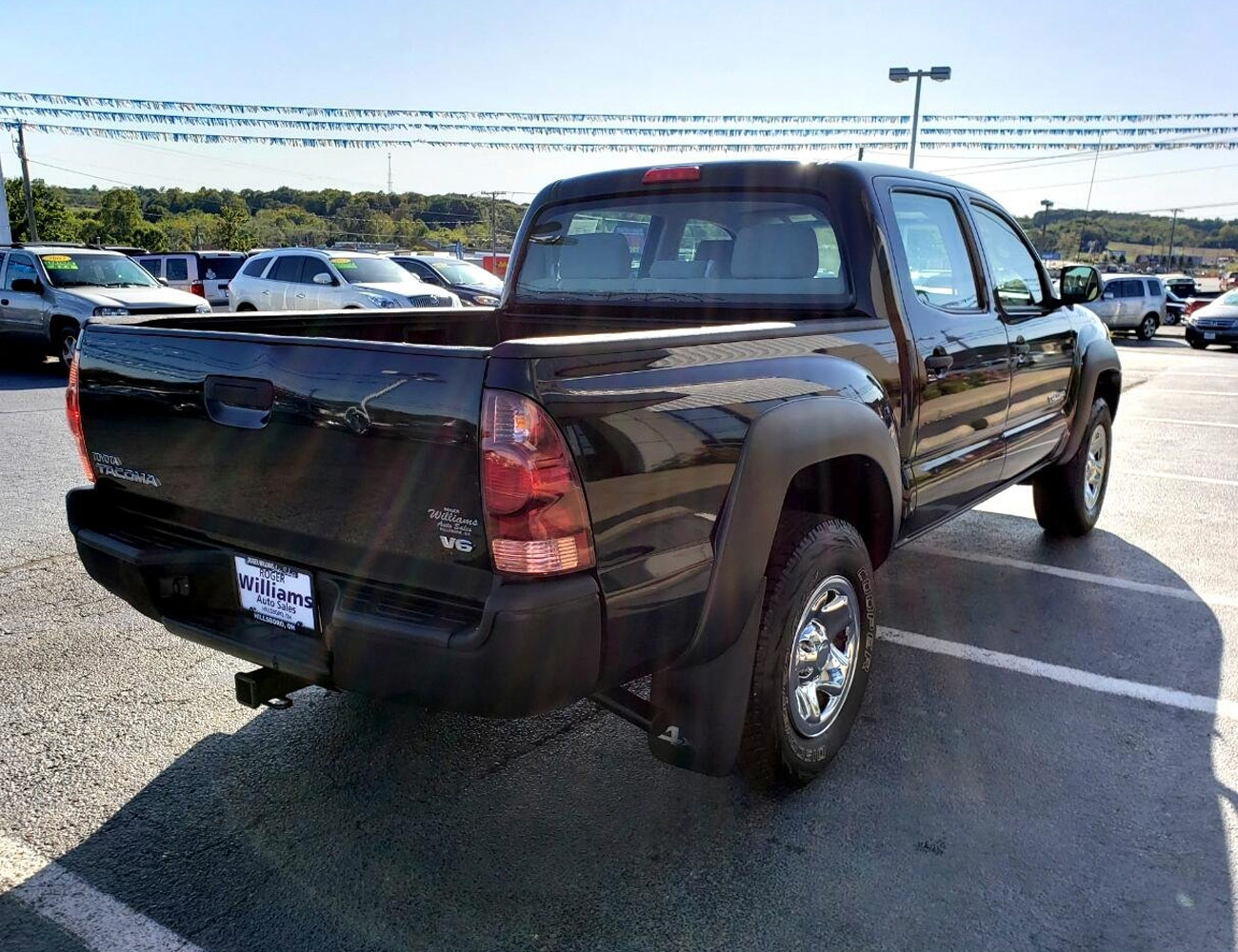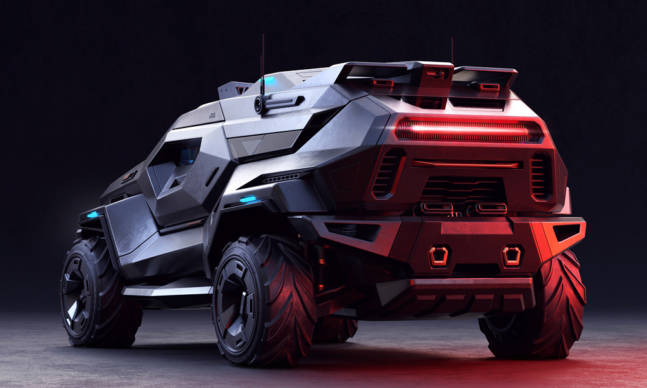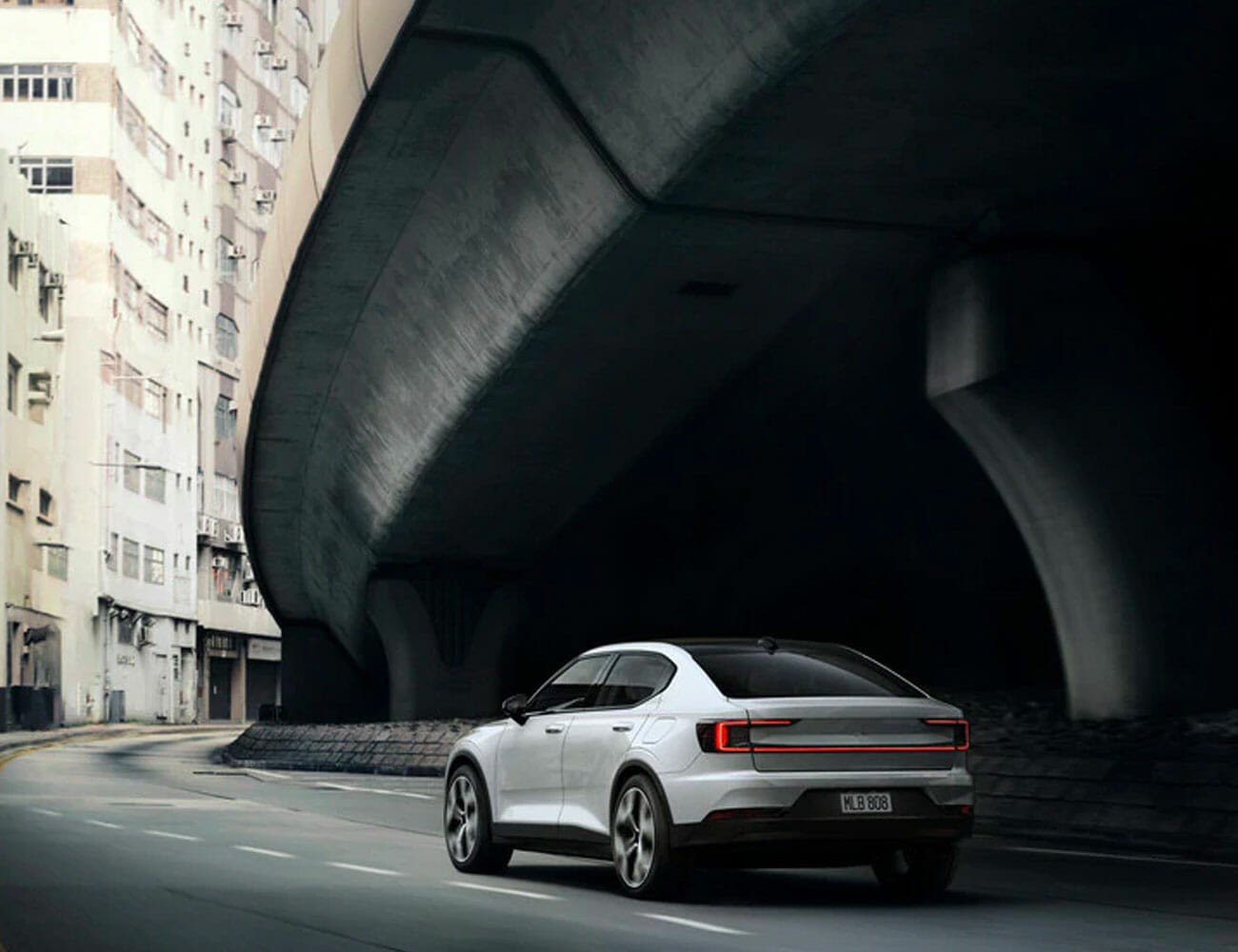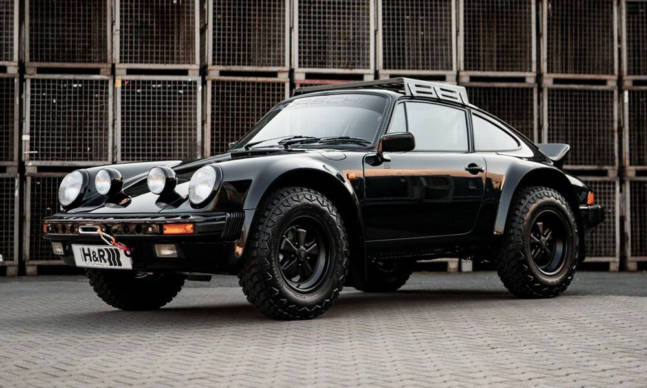This is Kind of Obsessed, a column about all the stuff our team is really, really into right now.
I’ll be the first to admit it: I’ve had a longtime crush on the Porsche 911 Turbo for as long as I’ve truly loved cars. One of the first car brochures I ever took home as a child was for the 911 lineup circa 1997; it was just as the last of the air-cooled versions segued into the runny-egg-eyed 996 generation, yet the cover boasted neither hero shot of all-new car nor outgoing icon, but rather, a closeup of the cursive font reading turbo on the pronounced flat-deck spoiler of a purple 993-gen 911 Turbo. I wore those pages as soft as the ones in a pastor’s bible, every trip into 911 land marked by first gazing upon on that holy word: turbo.
With the arrival of an all-new Porsche 911 comes yet another 911 Turbo — now four generations removed from that one whose badge I so often gazed upon. The 992-generation Porsche 911 is already larger, more powerful and more jam-packed with technology than ever before; for comparison, the basic 911 Carrera is nearly as powerful as the 911 Turbo of 2001, accelerates even harder, yet still manages to cost more than $10,000 even before you adjust for inflation.
But as anyone who’s ever heard the phrase “don’t meet your heroes” knows, nothing hurts quite like unmet expectations. And the plan for driving this new über-911 was probably not what Porsche originally planned. Social distancing guidelines having wreaked havoc on the original plans for an American first drive for the new Turbo S, but in a stroke of luck, that meant the carmaker instead sent out its European-spec cars to press fleets on both coasts for journalists to drive. In other words, I’d be getting to drive the new Turbo S not on the Zamboni-smooth asphalt of a track, but on my home turf. Any car can seem good under controlled circumstances, but how would this new Turbo withstand the crucible of New York’s wild streets?
You probably already figured this out by now, but I needn’t have worried. The 2021 Porsche 911 Turbo S is every bit as awesome — in the classic sense of the word — as its reputation would lead you to believe.
Admittedly, its spec sheet sets the bar high. Using, presumably, some combination of black-market Skunk Works technology and Hogwarts wizardry, Porsche’s engineers have managed to not only squeeze 640 horsepower and 590 pound-feet of torque from 3.8 liters of displacement, but to do so in a way that matches the carmaker’s renowned reputation for dependability and solidity. (In 2014, Road & Track took a then-new 911 Turbo to a runway to see if it could do 50 launch control sprints from 0 to 60 mph in a row. It did 61 before they had to stop because the test driver was feeling nauseous.) Doing so requires not only twin turbochargers, but direct fuel injection and an improved air intake system that sucks in fresh atmosphere through both the side scoops and the rear decklid.
To put that hard-earned power to maximum use, there’s only one option when it comes to putting it to the ground. An eight-speed dual-clutch automatic gearbox offers near-instantaneous shifts, while all-wheel-drive and Porsche’s traction management system apportions it around as needed for max traction, while wheels as wide as 12 inches across help push it to gummy tires.
Carbon-ceramic brakes — a pricey option on lesser 911s — come standard, as does the Porsche Active Suspension Management setup that adjusts the shock absorbers 200 times every second. To bolster the new Turbo’s sporting credentials even further (apparently some people felt the old one wasn’t sporty enough) the 992 version also offers a PASM Sport suspension that lowers the car by four-tenths of an inch and makes it handle with even greater vigor. I could go on — Porsche’s own press presentation on the car runs 32 pages long — but reciting facts and stats defeats the purpose. This car is about the experience.
![]()
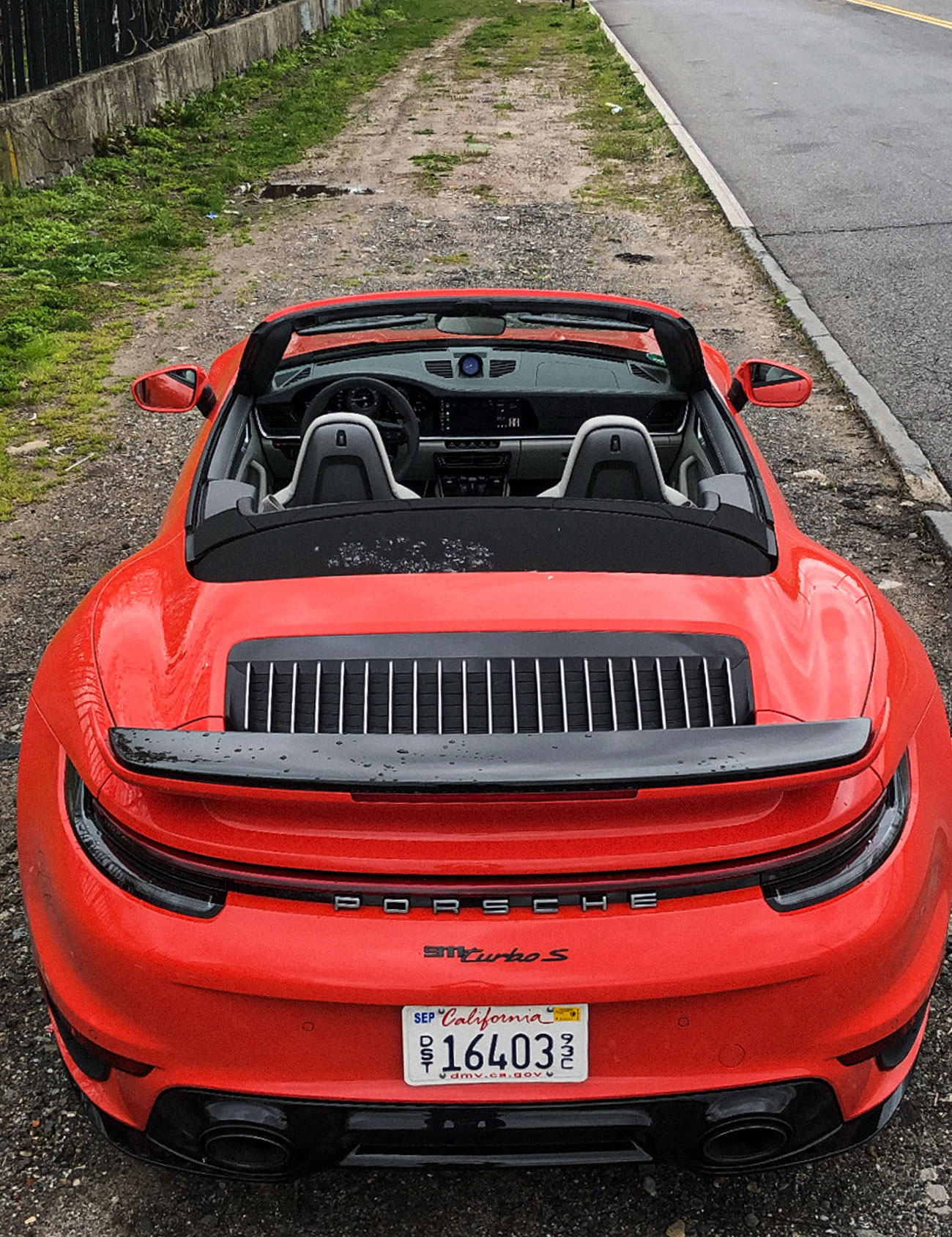
With all that technology, it’s astounding how natural and fluid the new 911 Turbo S feels from behind the wheel. The steering, the gas, the brakes — all the controls feel directly wired into your body. Making the car feel like an extension of your body has always been a Porsche trademark, but the fact that they can do it with a modern car so well when so many other noted carmakers have fallen flat on that front is nothing short of praise-worthy.
Still, that applies to other members of the Porsche lineup. Why go for this over, say, a Carrera, when the regular car is already so fast? Well, because this isn’t just fast, it’s mind-bendingly fast. No independent acceleration times for it have been posted yet, but a couple launch control hole shots were enough to tell my trusty keister-based accelerometer that this is every bit a car that can do the 0-to-60 dash in 2.5 seconds or less.
There are plenty of fast cars, but the acceleration in the 911 Turbo S will redefine your idea of quick. Floor it, and the speed jumps so fast, the world becomes less of a blur than a hyperspace tunnel. 640 horsepower can make any car fast, but in a car weighing comfortably less than two tons with all-wheel-drive powering four steamroller tires,
What makes the Turbo S so impressive isn’t just its total power; it’s how tractable the engine is as it makes it. There’s the faintest whiff of turbo lag below 2,500 rpm, but it disappears like it was controlled by a rheostat, not a light switch — evaporating like fog in the morning sun. From there, you can ride the lightning all the way to the 7,200 rpm end of the tach if you want. The punch from 3,000 rpm is grin-inducing; the punch towards the top of the rev range is otherworldly, spurring the car forwards like I’d hit the afterburners in every gear.
While I’m a manual transmission evangelist, it’s hard to imagine the Turbo S with any gearbox but dual-clutch box formally known as Porsche Doppelkupplung. I still stand that eight cogs is one too many for a sports car, but if it helps squeeze better highway mpg out of this thing, then I won’t fight it. (I saw around 23 mpg on one relaxed stretch of highway driving.) You can ignore the top two cogs when you’re using the metal widgets behind the wheel at 9 and 3 to paddle through the cogs — which you don’t need to do, given how clever the gearbox’s own brain is, but is worth doing anyway just for kicks. Top speed arrives in sixth gear, anyway.
Power isn’t everything, though. Porsche’s aren’t muscle cars; they need to handle every bit as well as they accelerate. I’m not sure who exactly it was who complained about the last 911 Turbo being too soft, but, well, god bless ‘em, because the PASM Sport suspension setup on my tester was dialed in as close to sports-car perfection as I’ve ever experienced. “Handles like it’s on rails” may be a grossly overused term, but this car makes the cliché valid again. You can take 45 mph-is-recommended turns at 90, and the car still won’t be near its limits. There’s no body roll, no angst from the tires, no sensation of anything but control at any speed you’ll reach on the street.
But unlike many super-capable cars, the Turbo S is still enjoyable to drive at low speeds, too, thanks to a dynamic steering setup that’s direct, quick, and offers as much feedback as you can expect from a car with electric power steering and a driveshaft going to the front axle. And somehow, in spite of being so resistant to roll and helpful in keeping the wheels glued to the ground, this Porsche still manages to mop up the bumps like a veteran janitor — smoothing over bad pavement so well, it makes many sedans seem like Conestoga wagons by comparison.
![]()

I say all this this having spent 36 hours with the 911 Turbo S Cabriolet instead of the Turbo S coupe, which I’d consider far closer to the Platonic ideal of a 911. Opting for a Turbo cabriolet feels like drinking Pappy on the rocks: sure, it may be more refreshing, but it’s not as refined, doesn’t look nearly as cool, and doesn’t feel nearly as satisfying.
Yet once you’re behind the wheel, it’s hard to be anything but impressed with the Cabriolet — in those rare moments you stop to think about the fact that you’re driving a convertible. With the top closed, the cabrio seems as quiet as a hardtop car; top down, you barely notice the wind flowing by, so aerodynamically optimized is the car. I didn’t realize until two days later that I hadn’t needed to shout to have a conversation at highway speed with the top down; indeed, I hadn’t even noticeably raised my voice. Plus, the top rises or lowers in 12 seconds flat, all the way up to 30 mph.
On top of all that, as with the McLaren 720S Spider, there’s something to be said for the added thrill of a car this powerful that lets you feel the speed in the visceral way a convertible does. Dropping the top pushes you out of the bubble of security that new cars provide; even if they’re as safe as any other modern ride, the sights and sounds and smells of convertible driving dump adrenaline into your blood in a way coupes can’t match. (Still, the degradation of the 911’s iconic looks brought by the soft top means I’d still opt for a coupe with a sunroof instead.)
And while comfort has long been part of the 911’s mission brief, it’s amazing how livable this 640-hp budget supercar is. There’s plenty of room for tall people, and even the optional Sport Plus seats are still comfortable after hours in the saddle. The nose only scraped once, and that was on a steep hill with a dip. The back seats are too small for humans, but they’d work fine for a cat carrier or small dog — or better yet, a couple large backpacks or roll-aboard bags. And the frunk is surprisingly deep; with the right kind of soft bags, you could easily carry a road trip’s worth of luggage in this car. Two USB ports prove a delightful perk, as is wireless Apple CarPlay. There’s even two handy door pockets per door. on top of the
And the 992’s insides, thankfully, are much better than the one in the latest Porsche Panamera that pioneered the company’s current interior design theme. There’s no Star Trek-impersonating haptic glass buttons; they’re real ones, as well as very pleasurable-to-use toggle switches, and a satisfying rotary dial for the drive modes. Of course, you can also fiddle with many features using the 10.2-inch widescreen touchscreen, too.
There are a couple little bugaboos. The satisfying shift lever of old is gone, replaced with a space-saving…protuberance. Still, it works just fine, giving you an easy way to bump the car from Drive to Reverse or vice-versa with a single nudge. (Volvo, take a page from this.) The button for manual mode, though, is a little too well-hidden at the bottom of the shifter area, making it hard to grab quickly when you’re hustling through some twisties and want to take full control. And the new cupholder is rather worthless for anything larger than a 12-oz soda can; it’s too high for taller vessels, too narrow for thicker ones and too shallow for heavier (or more top-heavy) ones.
Still, the fact that these are the biggest complaints I had after several hundred miles of driving is fairly indicative: there’s not much to dislike here. The Porsche 911 Turbo S may not be the wildest car on the road; it may not offer the best bang for your buck; it may not the most exotic or even the fastest car you can buy. But it does everything well, and trades away so little for it. It offers roller-coaster thrills and road tripper comfort, all forged with some of the best engineering the car world has to offer and wrapped up in one of the prettiest shapes in auto-dom. I’d love it no matter what it was called…but I love it even more because the back ends says “turbo.”
Price as Tested: $236,120
Drivetrain: 3.8-liter twin-turbocharged flat-six, eight-speed dual-clutch automatic, all-wheel-drive
Power: 640 hp, 590 pound-feet of torque
Fuel Economy: Not yet rated
Seats: Two, with room for two dogs in back
Porsche provided this product for review.
Note: Purchasing products through our links may earn us a portion of the sale, which supports our editorial team’s mission. Learn more here.
Will Sabel Courtney is Gear Patrol’s Motoring Editor, formerly of The Drive and RIDES Magazine. You can often find him test-driving new cars in New York City, cursing the slow-moving traffic surrounding him.
More by Will Sabel Courtney | Follow on Instagram · Twitter · Contact via Email



